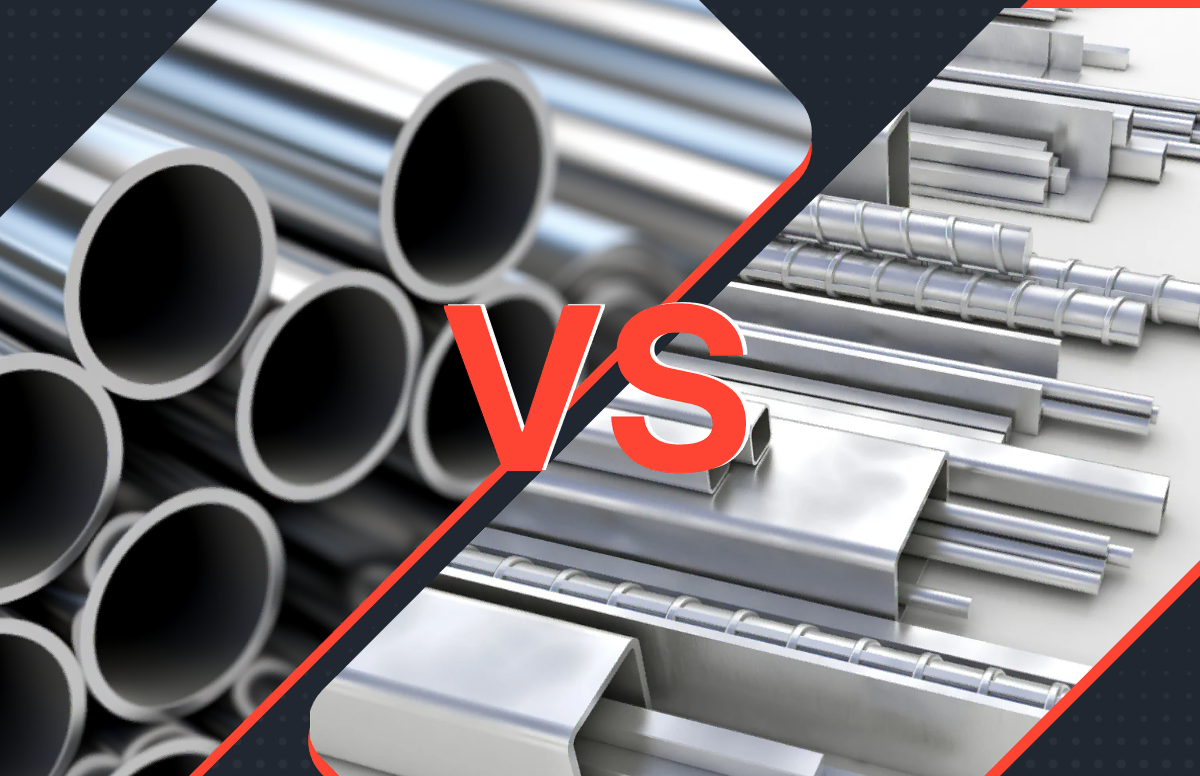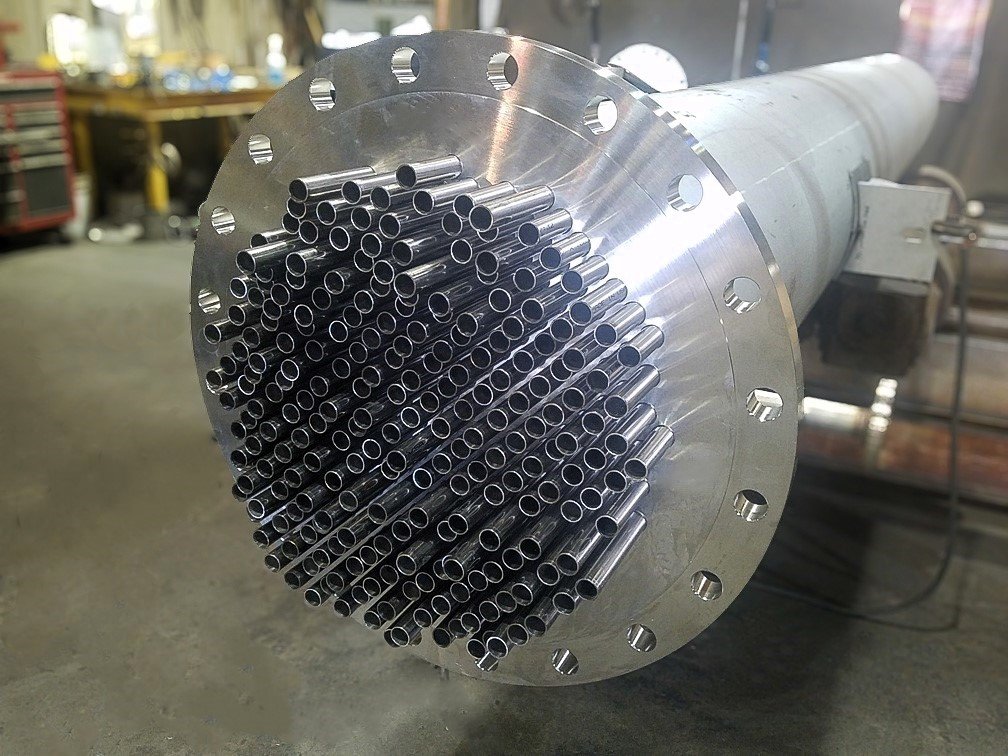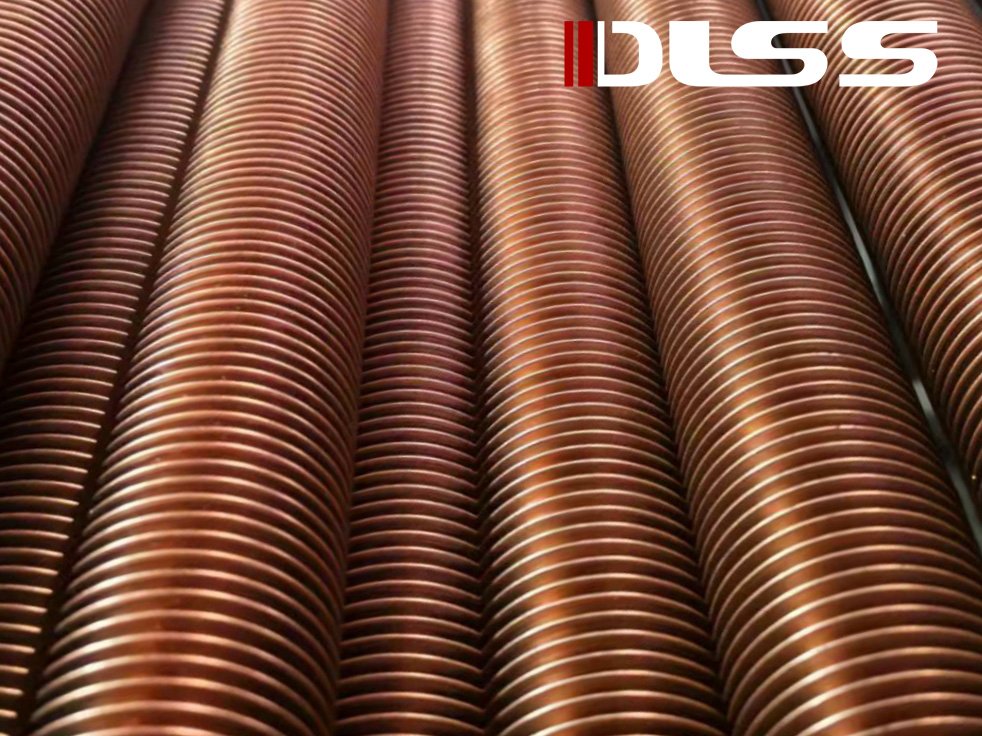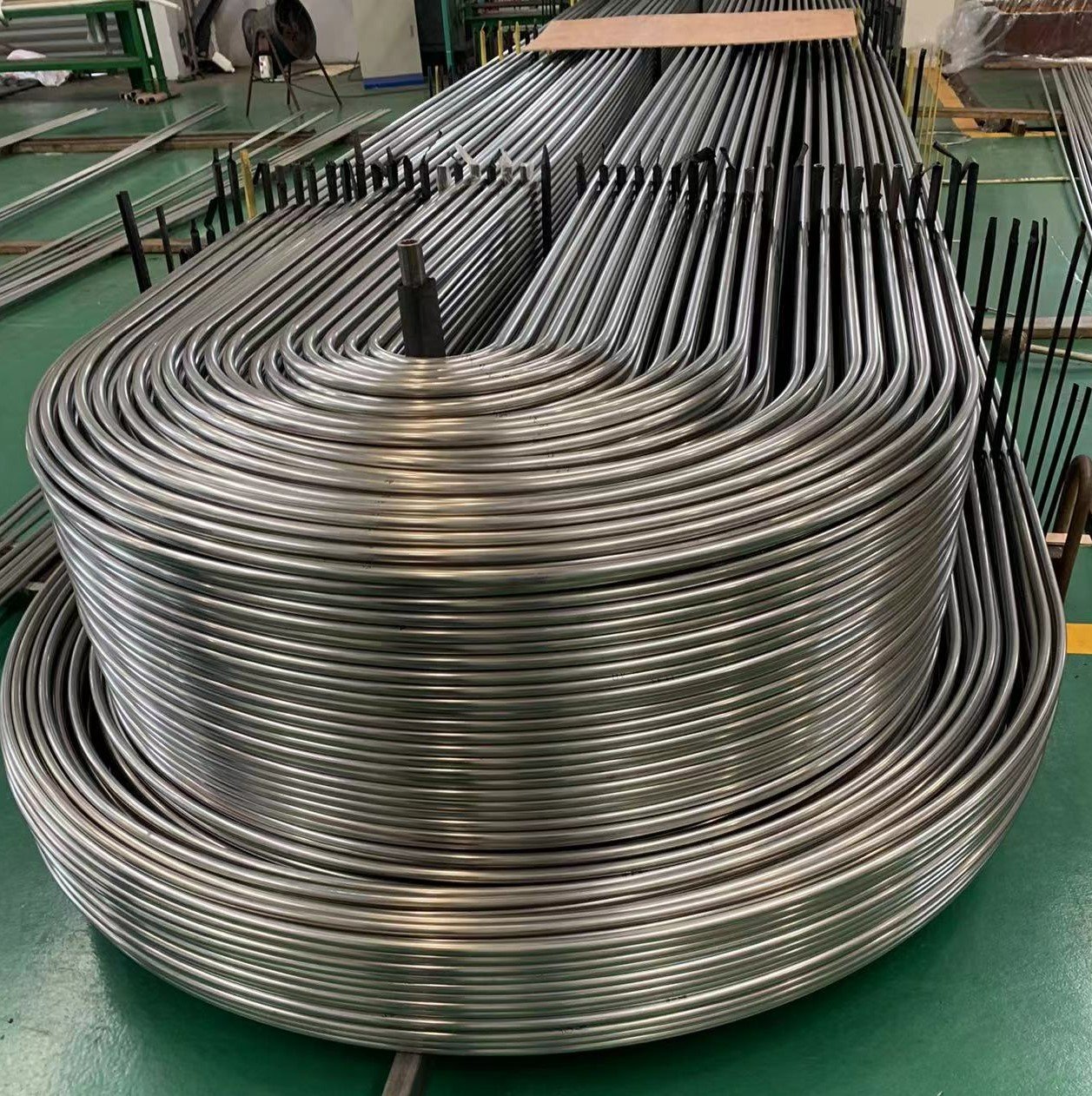Introduction
Hardness is one of the most important mechanical properties for evaluating metallic materials. It reflects a material’s resistance to deformation, wear, and penetration, which is critical for stainless steel seamless tubes used in boilers, heat exchangers, and petrochemical equipment.
The most widely used hardness testing methods are Brinell (HB), Rockwell (HR), Vickers (HV), and Shore (HS). Each method has its own definition, test procedure, and representation format. Understanding these hardness scales is essential for engineers, inspectors, and procurement teams to ensure product quality and compliance with international standards.
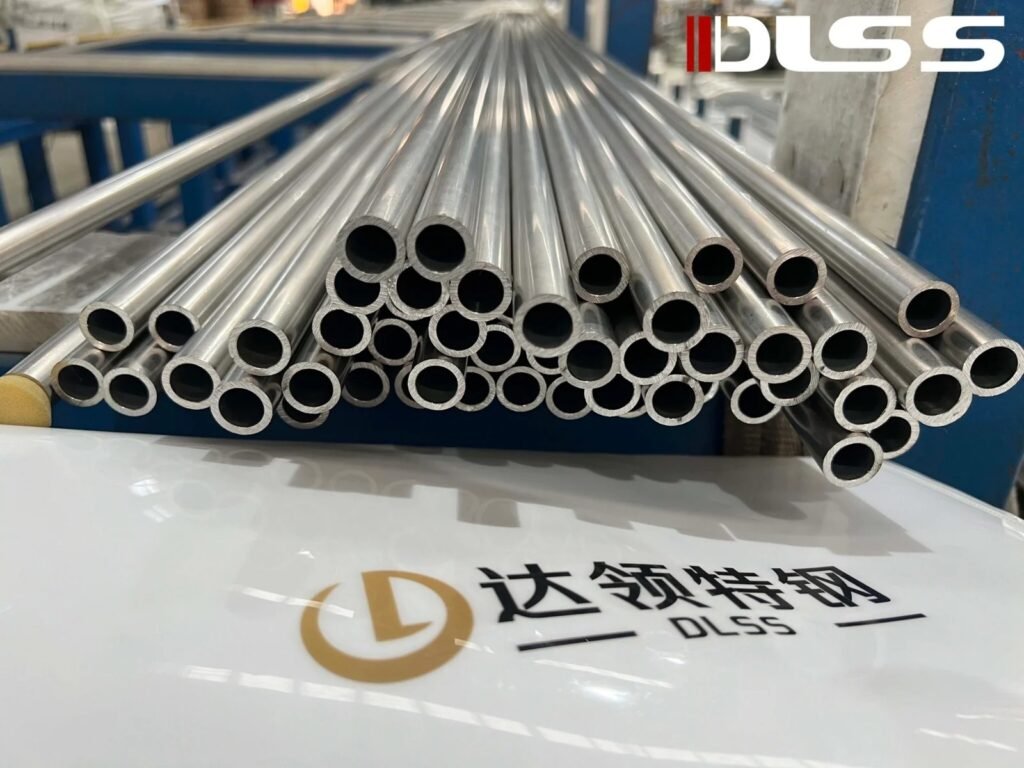
1. Brinell Hardness (HB)
- Definition: Determined by pressing a hardened steel or tungsten carbide ball into the surface of the material under a specified load.
- Representation: Expressed as HB followed by ball diameter (mm), test load (kgf), and ball material.
- Example: HBW 10/3000 → 10 mm tungsten carbide ball, 3000 kgf load.
- Application: Best for coarse-grained or non-uniform materials, such as forged stainless steel or thick-walled boiler tubes.
2. Rockwell Hardness (HR)
- Definition: Measures the depth of indentation caused by a steel ball or diamond cone under a defined load.
- Representation: Shown as HR plus a scale letter (A, B, C, etc.).
- Example: HRC 35 → Rockwell hardness, C scale, value 35.
- Application: Commonly used for stainless steel seamless tubes, flanges, and fittings due to quick and direct readings.
3. Vickers Hardness (HV)
- Definition: Uses a diamond pyramid indenter with a square base, pressed into the material under a controlled load.
- Representation: Expressed as HV followed by the test load.
- Example: HV10 = 220 → Vickers hardness measured with a 10 kgf load equals 220.
- Application: Ideal for thin-walled tubes and precision components because of its high accuracy and wide load range.
4. Shore Hardness (HS)
- Definition: Originally designed for rubbers and plastics, Shore hardness can also be used for some softer metals by rebound or indentation methods.
- Representation: Expressed as HS followed by the scale designation (A, D, etc.).
- Example: HS 70D.
- Application: Rarely used for stainless steels, but sometimes applied for quick comparative checks of softer alloys or non-metallic parts in heat exchanger systems.
Why Hardness Testing Matters for Stainless Steel Tubes
For DLSS stainless steel seamless tubes, hardness testing is essential because:
- Material Compliance – Ensures conformity with ASTM, ASME, EN, and JIS standards. For example, ASTM A213 specifies maximum hardness values for grades like TP304 and TP316L.
- Heat Treatment Verification – Confirms annealing or other processes were performed correctly.
- Quality Assurance – Prevents premature failure in high-temperature, high-pressure environments.
- Customer Confidence – Provides transparent MTC (Mill Test Certificates) with hardness results alongside tensile strength and elongation.
Conclusion
Brinell, Rockwell, Vickers, and Shore hardness each serve specific purposes in evaluating the properties of stainless steel tubes. By understanding their definitions and representation methods, engineers and inspectors can select the right approach for different applications.
At DLSS, we apply strict hardness testing as part of our quality assurance process to guarantee that every stainless steel tube meets international standards and delivers reliable performance in demanding industries.
Series Navigation
- Part 1: Definitions and Representation Methods of Hardness Tests (current article)
- Part 2: How to Choose the Right Hardness Test for Stainless Steel Tubes
- Part 3: Hardness Testing in Mill Test Certificates (MTCs)


